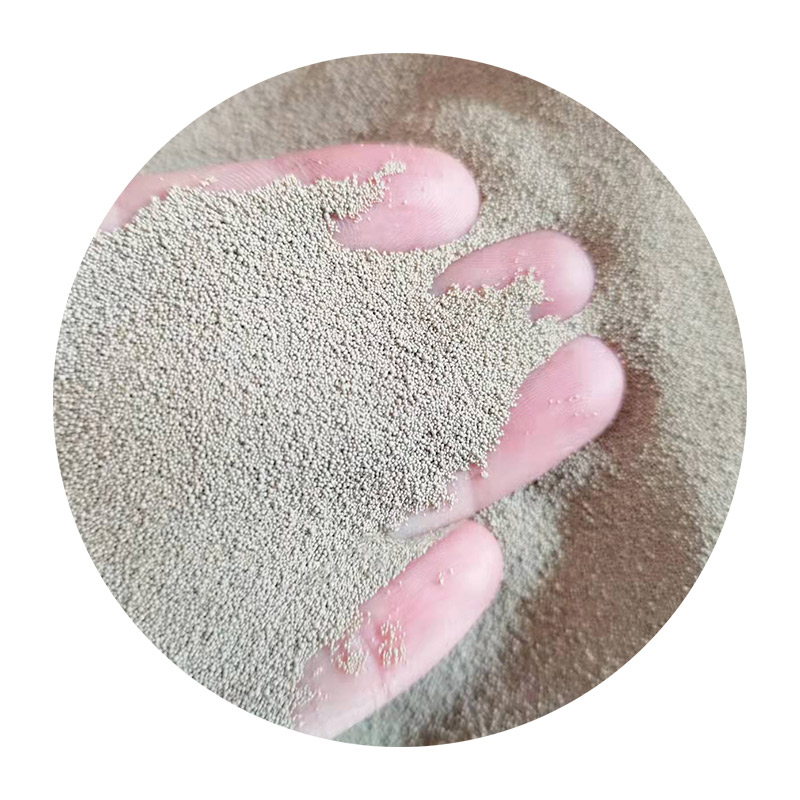How to Sand Small 3D Prints A Comprehensive Guide
3D printing has revolutionized the way we create and design objects, allowing for unprecedented customization and creativity. However, one challenge many enthusiasts encounter is the visible layer lines that can detract from the aesthetic quality of a print. Sanding is a crucial technique to achieve a smooth finish on your 3D printed models. In this article, we’ll explore the steps and best practices for effectively sanding small 3D prints.
Why Sanding is Important
Sanding your 3D prints can improve the overall appearance and texture of the final product. It helps to remove imperfections, sharp edges, and the noticeable layer lines that occur during the printing process. The result is a more polished and professional-looking object, whether it’s for display, personal use, or even prototyping.
Tools and Materials Required
Before starting the sanding process, gather the necessary tools and materials 1. Sandpaper Use various grits, starting from coarse (around 80-120 grit) and moving to finer grits (up to 400 grit or higher). 2. Sanding Sponges These can be particularly useful for curved surfaces or intricate designs. 3. Dust Mask Protect your lungs from tiny particles that can be released into the air during sanding. 4. Safety Glasses To protect your eyes from dust. 5. Tweezers and Brushes For cleaning up dust and debris after sanding. 6. Primer and Paint (optional) If you plan to paint your print after sanding.
Step-by-Step Sanding Process
1. Preparation
Before you start sanding, ensure that your print is clean. Remove any support structures and use tweezers or a small knife to trim any excess material. Wash the print with soap and water to get rid of any dust or grease. Dry it thoroughly before proceeding.
Start with the coarse sandpaper (80-120 grit) to remove noticeable layer lines and imperfections. Sand in a circular motion and apply even pressure. Be mindful not to press too hard, as this may alter the shape of your print. For detailed areas, use sanding sponges to help navigate contours without damaging them.
3. Progress to Finer Grains
how to sand small 3d prints

Once you’ve evened out the surface with coarse sandpaper, switch to finer grit sandpaper (220 grit and above). Continue sanding in circular motions but very lightly. This step will help smooth out the surface even more and prepare it for finishing.
4. Final Touches
For the final sanding, use the finest grit (400 grit or higher) to achieve a silky smooth finish. At this stage, you should be able to see a significant improvement in the surface texture. Pay special attention to corners and edges, as these areas often require more care to avoid uneven surfaces.
5. Cleaning the Print
After sanding, it’s important to clean the print thoroughly to remove any dust particles. Use a soft brush to sweep away the debris, and wipe the surface with a cloth or paper towel. You can also rinse it under warm water to ensure no dust remains.
6. Optional Priming and Painting
If you want your print to have color, now is the perfect time to apply primer. A spray primer will help in achieving an even coat. Once dry, you can proceed with painting. The sanding process will allow the paint to adhere better and provide an overall more professional look.
Tips for Effective Sanding
- Always wear protective gear when sanding to protect yourself from dust. - Work slowly and methodically; rushing can lead to mistakes. - Consider using wet sanding techniques, especially on finer prints. This involves using water to lubricate the sandpaper, reducing dust and preventing clogging.
Conclusion
Sanding is a fundamental skill in 3D printing that can significantly enhance the quality of your prints. By following the steps and tips outlined above, you can achieve a smooth and professional finish on your small 3D prints. With practice, you'll find that sanding not only improves aesthetics but also increases your satisfaction with your finished projects. So, grab your tools and start perfecting those prints!
Post time:Samh . 14, 2024 10:52
Next:using sand in resin
